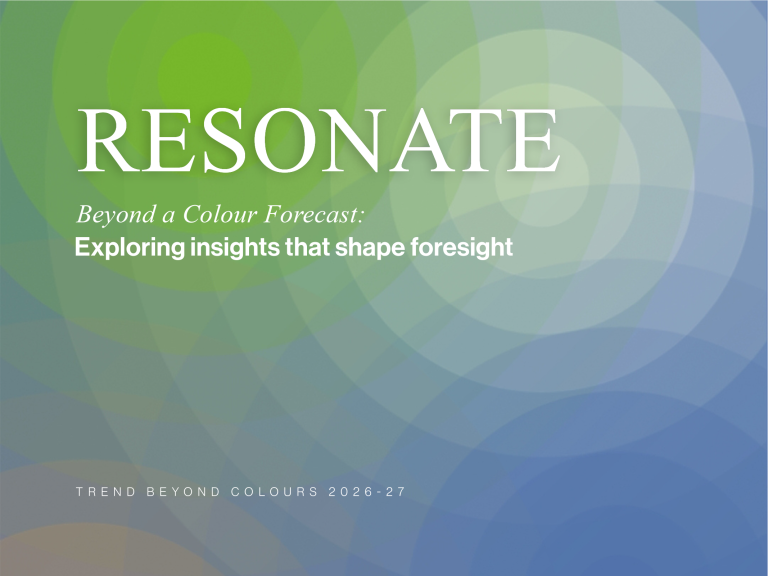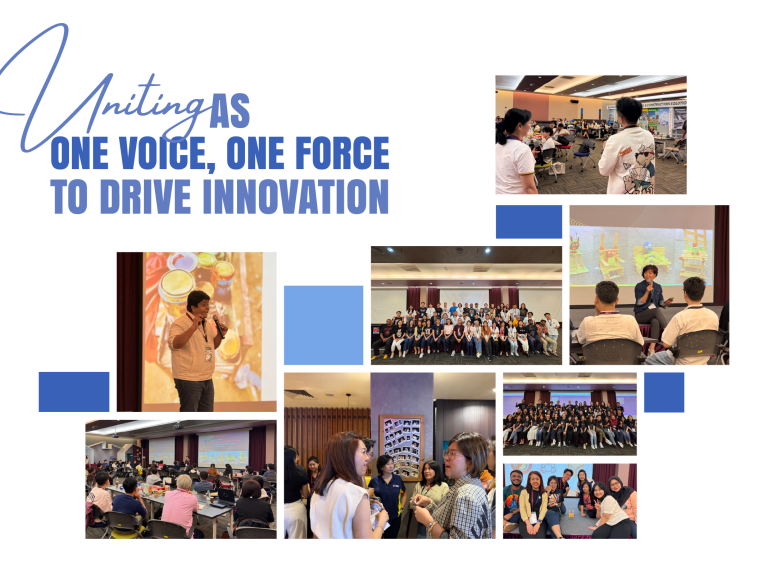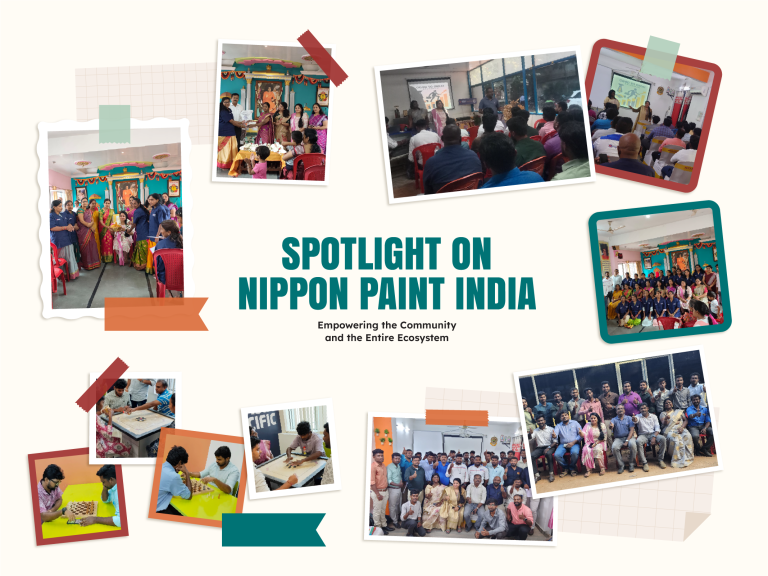The annual Creative Colour Awards (CCA) celebrates projects that exhibit an innovative and purposeful use of colour in spatial design, recognising that the colours surrounding us can make a profound difference in our lives. The recent Award Ceremony in Tokyo was a stunning showcase of this principle, bringing together visionary architects and designers from across the region. This year, the awards received 188 submissions from 10 countries and regions, all demonstrating how colour can transform the built environment with purpose and imagination.

A Vision for Colour as a Force for Change
Setting the tone for the celebration, our leadership shared their vision for the role of colour in the future of design. In his opening address, Yuichiro Wakatsuki, Director, Representative Executive Officer & Co-President, highlighted the CCA’s distinct mission. “The Creative Colour Awards,” he noted, “allow us to celebrate outstanding colour mastery and the purposeful use of colours in spatial design among practitioners.” He emphasised that even “a small shift in colour can make a world of difference”.
In his closing remarks, Wee Siew Kim, Co-President of the Nippon Paint Group & Group CEO of NIPSEA Group, celebrated the winners’ innovative thinking. “Congratulations on your win,” he stated. “Your submissions have truly exemplified how colour can be used as a language and tool to solve problems, signal change and signify new possibilities.”
What Makes a Winning Project? A View from the Jury
The esteemed jury panel shared its insights on what it looks for in an outstanding project. Gladys Goh emphasised that the awards bring awareness to “how colours can impact design goals.” Francesca Heathcote Sapey agreed, stating that the use of colour “has to have meaning, it can’t be random… it has to go beyond the aesthetics to be of use.” For IDr Lai Siew Hong, the key is how colour can “impact and tell a story in the project and how it impacts lives and people.” Judge Nevzat Sayin offered a poetic analogy, comparing colours to “punctuation marks in literature,” explaining that “we need them to tell a story.”

Announcing the Grand Prix Winner: GB School by Murali Architects
The award’s highest honour, the Grand Prix award, was presented to GB School in Tamil Nadu, India, designed by Murali Architects. Architect M Murali, who was present with his wife, expressed his surprise. “I was thinking, ‘Oh, what happened, I didn’t make it,’ but then it was a great surprise,” he shared.
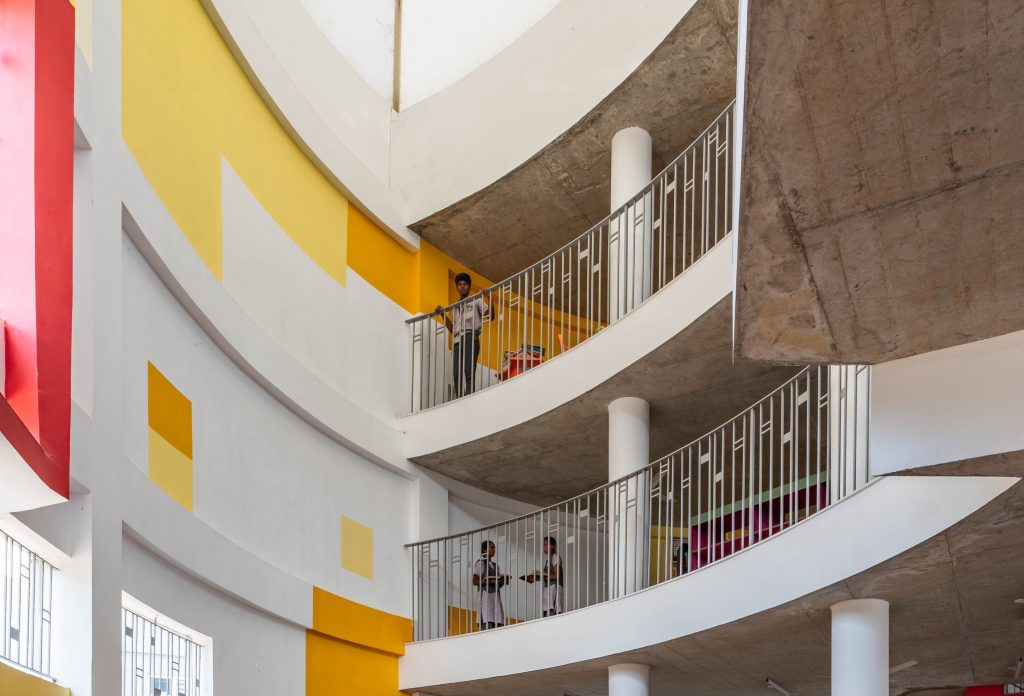
The story behind the project is one of deep social purpose. After discovering the school was for underprivileged children from surrounding villages with poor living conditions, Ar. Murali’s mission became clear: “The school should become like a heaven.” The design uses a “splash of colour everywhere” to elevate moods and bring happiness. “Colour always welcomes,” Ar. Murali explained. “It is like hugging you… It’s like holding you.” The result is a space where he says, “Every child loves it.”
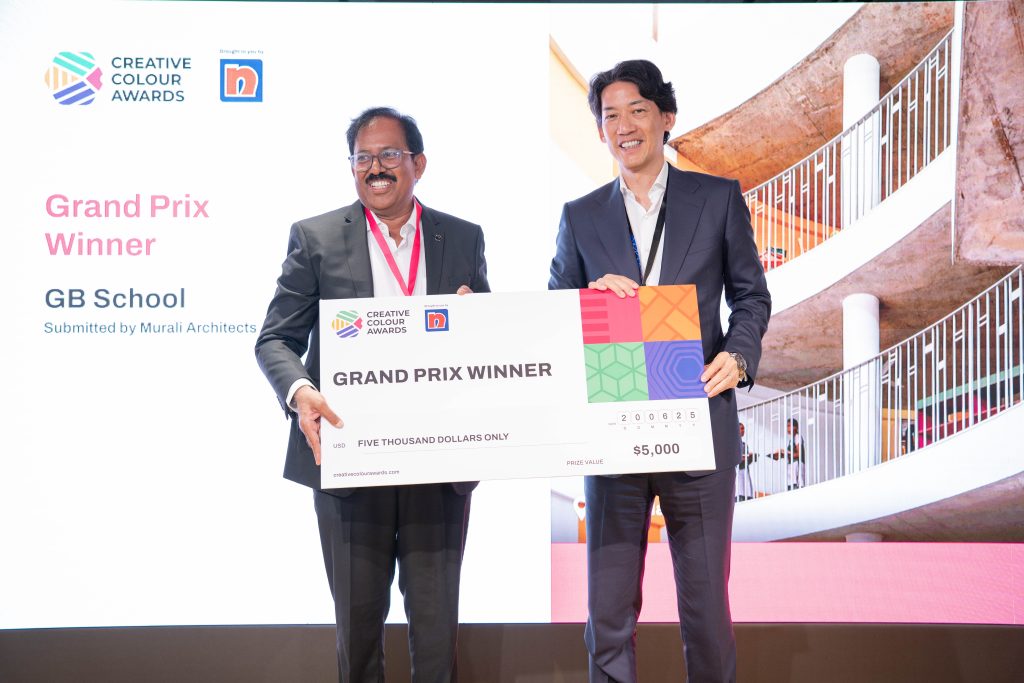
Stories of Colour and Creativity: Our Category Winners
The awards also celebrated outstanding projects across five other categories:
Best in Public Spaces: FEI Architect from Malaysia won for their vibrant Multipurpose Hall, SMJK Poi Lam, nicknamed “the hall of joy”. Shen Fei explained that the colours represented the four school houses and brought vibrancy to a government school project with a very tight budget. For him, the true success was seeing the design in action. “The rewards come in the joy of students using the space,” he reflected. “We get to see how effective it becomes.”
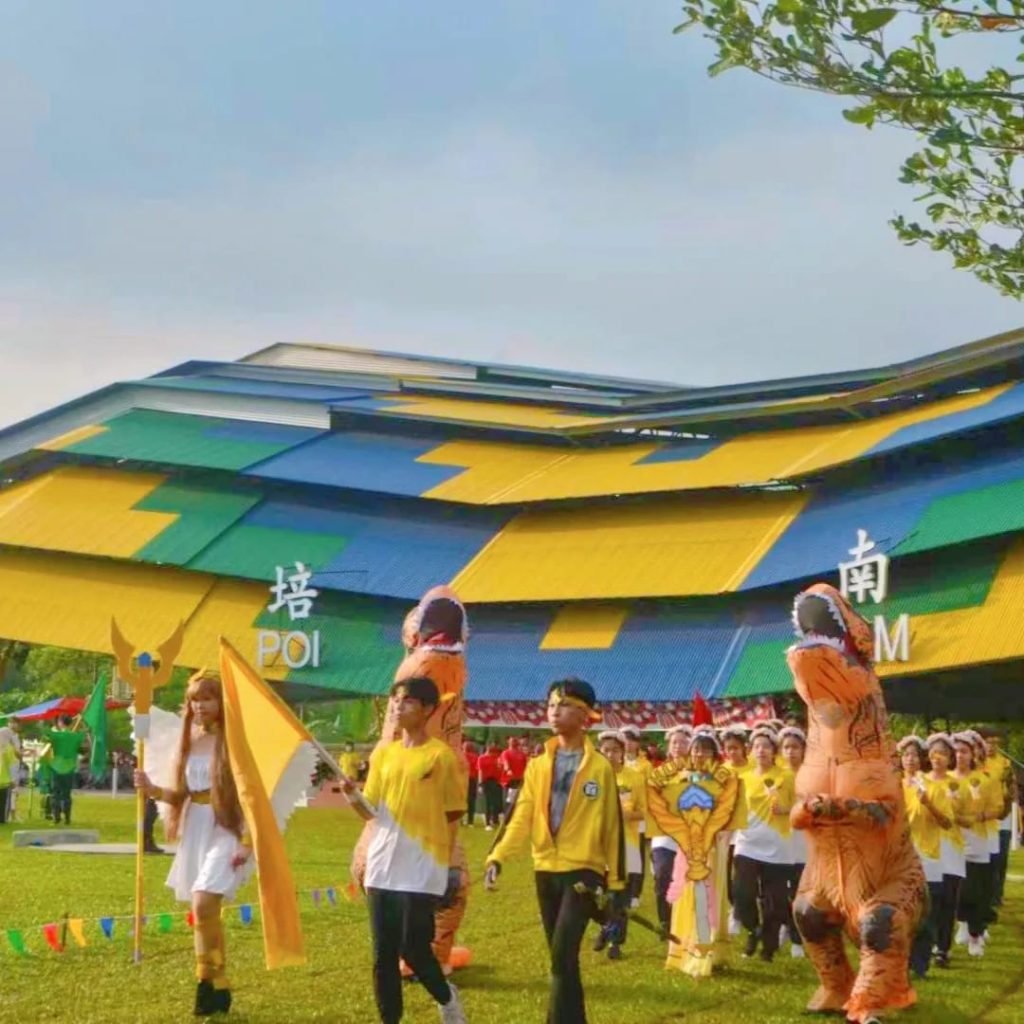
Architectural (Exterior) Best In Corporate & Commercial: Nadun S. Saputhantri from Sri Lanka was recognised for the Nosh77 Container Restaurant. A 1917 poster by J.C. Leyendecker inspired the colours to help the structure “camouflage with the surrounding vegetation” and “bring some happiness” to the space.
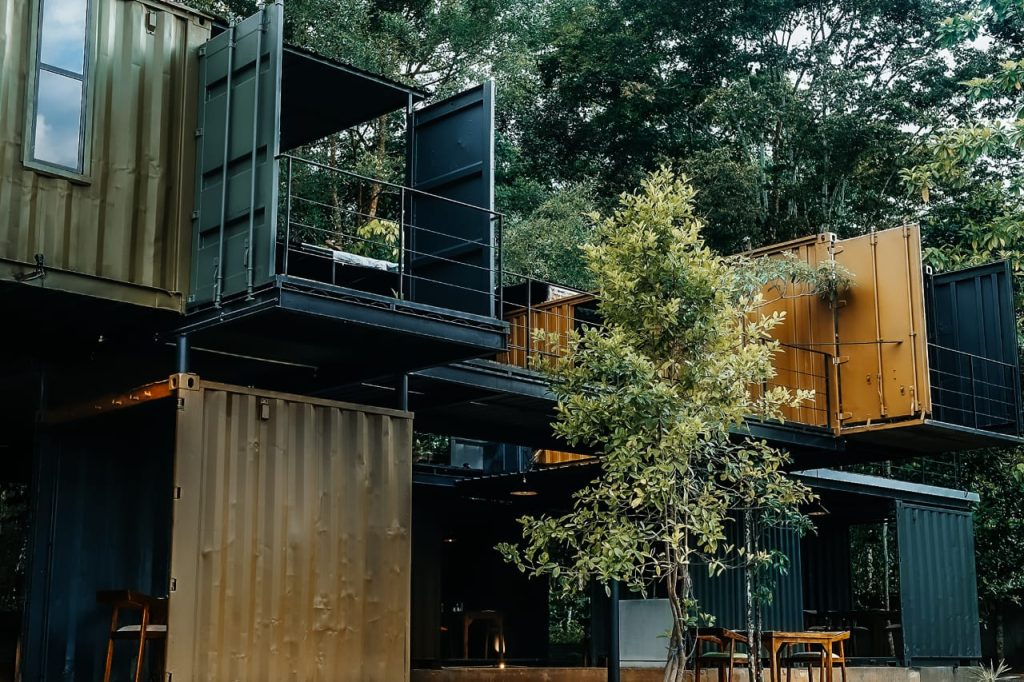
Interior Design (Interior) Best in Corporate & Commercial: InFORM Architects from India won for their Venture Development Centre at GITAM University. Kiran Venkatesh described how the team transformed a “neglected, abandoned space” into an incubator for ideas, using yellow as a “transformative force.”
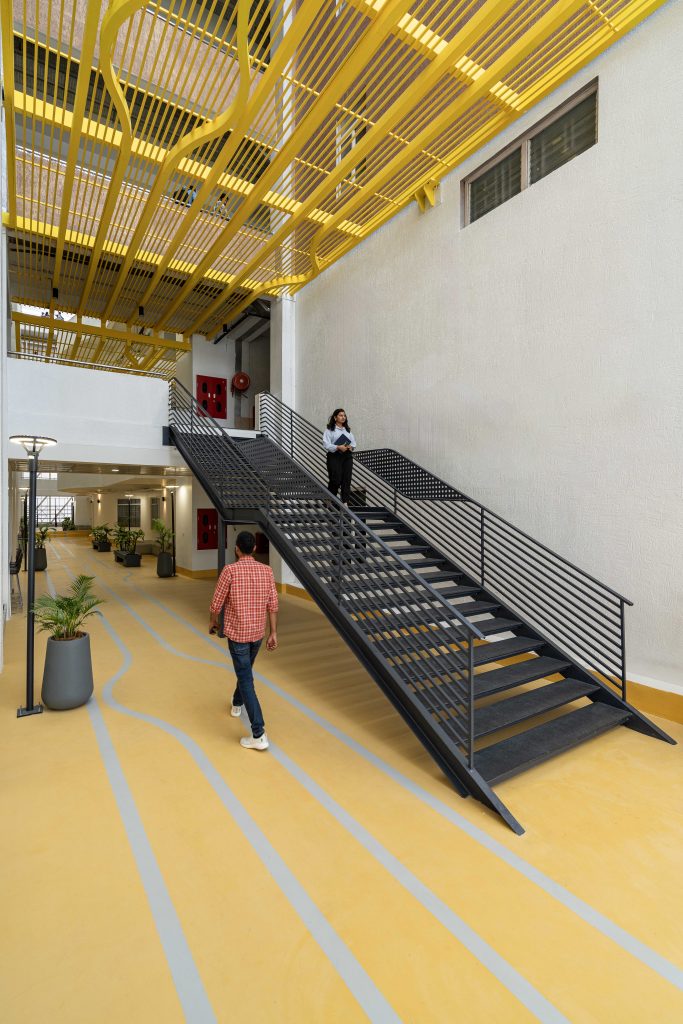
Architectural (Exterior) Best in Residential: Mak Arkitek Konsult from Malaysia was honoured for V21 Residence @ KKIP, an affordable housing project. The team’s philosophy was to be “affordable in the price, but not the look of it,” using distinct colour palettes as a clever wayfinding system.

Interior Design (Interior) Best in Residential: Two-time winner Niko Design Studio from Japan won for Michiyama’s House. Designer Taketo Nishikubo used colour to define areas within the small home and involved the family’s children in the creative process to foster a sense of ownership.
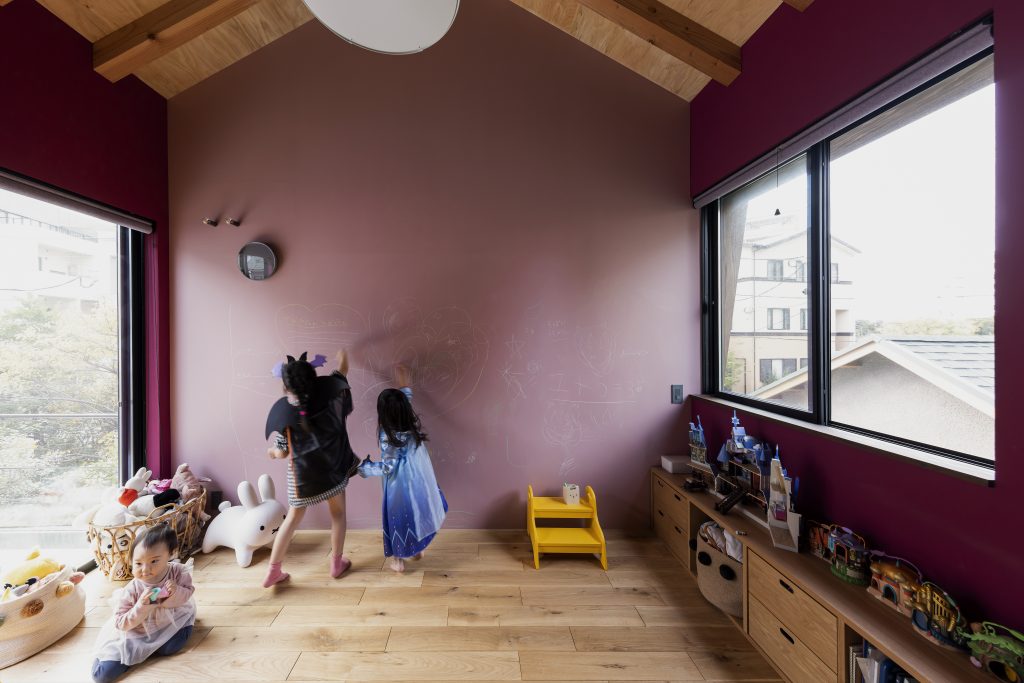
As jury member Hiroko Machida remarked, “This year’s participants truly exemplified the heart of what CCA stands for, which is that design can be both beautiful, purposeful, and deeply human, all at the same time.”
Discover all the innovative projects from this year’s finalists at the Creative Colour Awards gallery

